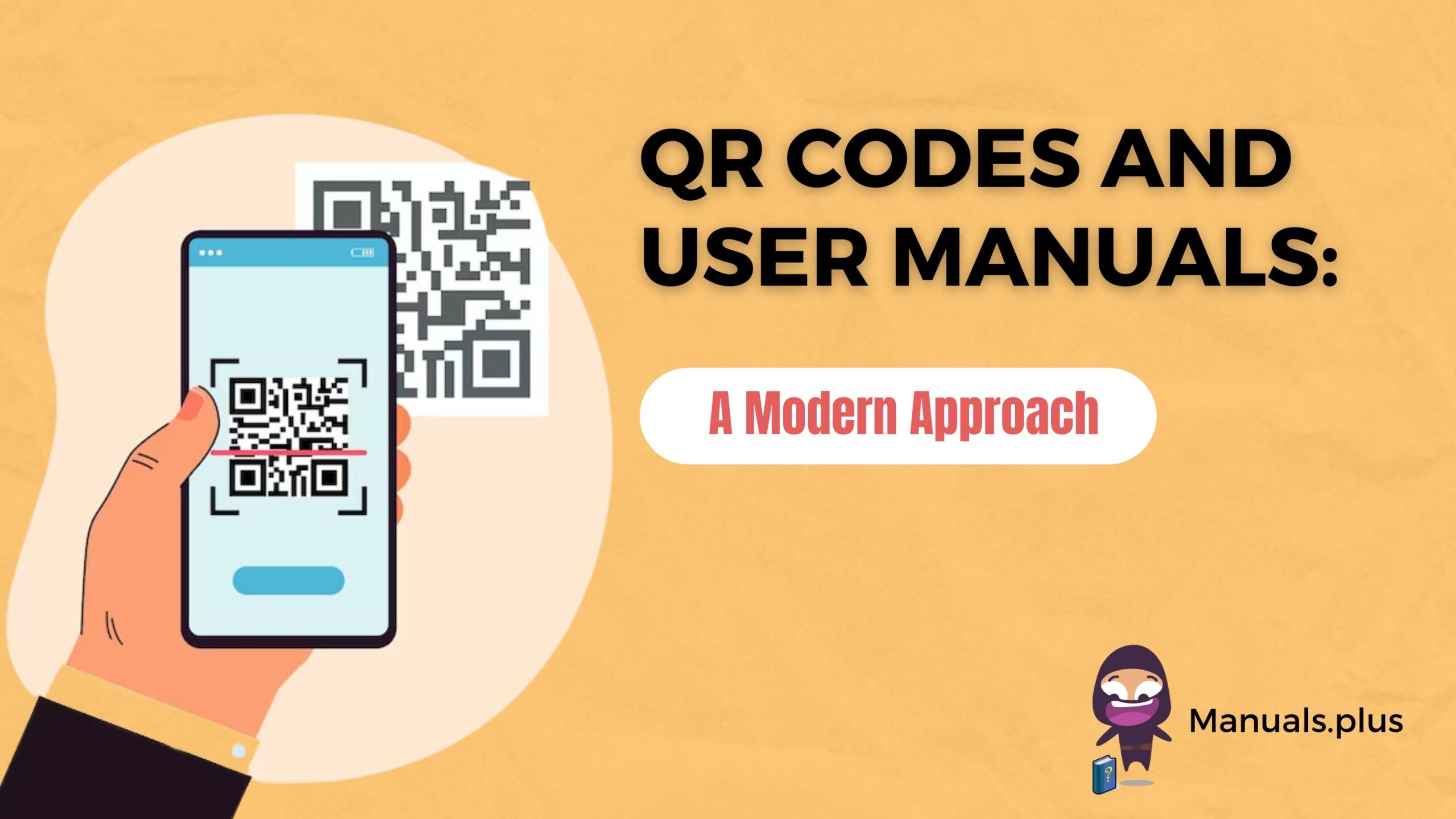QR Codes and User Manuals: A Modern Approach

Benefits and applications of QR codes
In today’s digital age, user manuals are evolving to keep pace with technological advancements and changing user preferences. One such modern approach is the integration of QR (Quick Response) codes in user manuals. QR codes offer an innovative and efficient way to enhance user experience, accessibility, and engagement with user manuals. In this blog post, we will explore the benefits and applications of QR codes in user manuals.

- Instant Access to Digital Content: QR codes provide a direct link between the physical user manual and digital resources. By scanning a QR code with a smartphone or a QR code reader app, users can instantly access additional information, video tutorials, FAQs, or online support related to the product. This eliminates the need to search for information manually and enhances the user’s ability to find answers or solutions quickly.
- Interactive and Engaging Experience: Traditional user manuals often consist of static text and images, limiting user engagement. QR codes add interactivity by allowing users to access dynamic content. Companies can create interactive guides, interactive troubleshooting flows, or immersive product demonstrations. By providing a richer and more engaging experience, QR codes make user manuals more user-friendly and enjoyable to interact with.
- Space Efficiency: Physical user manuals often have limited space for detailed explanations or extensive troubleshooting guides. By incorporating QR codes, manufacturers can save valuable space and provide comprehensive information digitally. Users can access comprehensive guides, step-by-step instructions, or product updates without compromising the compactness of the physical user manual.
- Timely Updates and Customization: Products and software often undergo updates and improvements after the user manual has been printed. QR codes enable manufacturers to provide real-time updates to users. By linking QR codes to online resources, manufacturers can ensure that users always have access to the latest information, ensuring accuracy and relevancy. Additionally, QR codes allow customization based on specific user needs or product versions, tailoring the information to individual users.
- Multilingual Support: QR codes can be especially useful for international users or those with limited language proficiency. By linking QR codes to multilingual digital resources, manufacturers can overcome language barriers and provide user manuals in multiple languages. Users can scan the QR code and choose their preferred language, ensuring clear and accurate information comprehension.
- Product Registration and Support: QR codes can streamline the product registration process by linking directly to online registration forms. Users can quickly register their products by scanning the QR code, reducing the hassle and manual entry. Additionally, QR codes can provide direct access to customer support channels, such as live chat or email, allowing users to seek assistance promptly when needed.
- Enhanced Analytics and Feedback: QR codes enable manufacturers to gather valuable user analytics and feedback. By tracking QR code scans, companies can gain insights into user behavior, popular features, or areas of confusion. This data can inform product improvements, identify common issues, or guide future user manual enhancements, ultimately improving the overall user experience.

Conclusion: QR codes bring user manuals into the digital age by providing instant access to additional resources, interactivity, customization, and multilingual support. By integrating QR codes into user manuals, manufacturers enhance user experience, accessibility, and engagement. Users can access comprehensive information, interactive guides, and real-time updates, while manufacturers can gather valuable data for continuous improvement. As user manuals continue to evolve, QR codes present a modern approach that caters to the needs and expectations of today’s tech-savvy users.